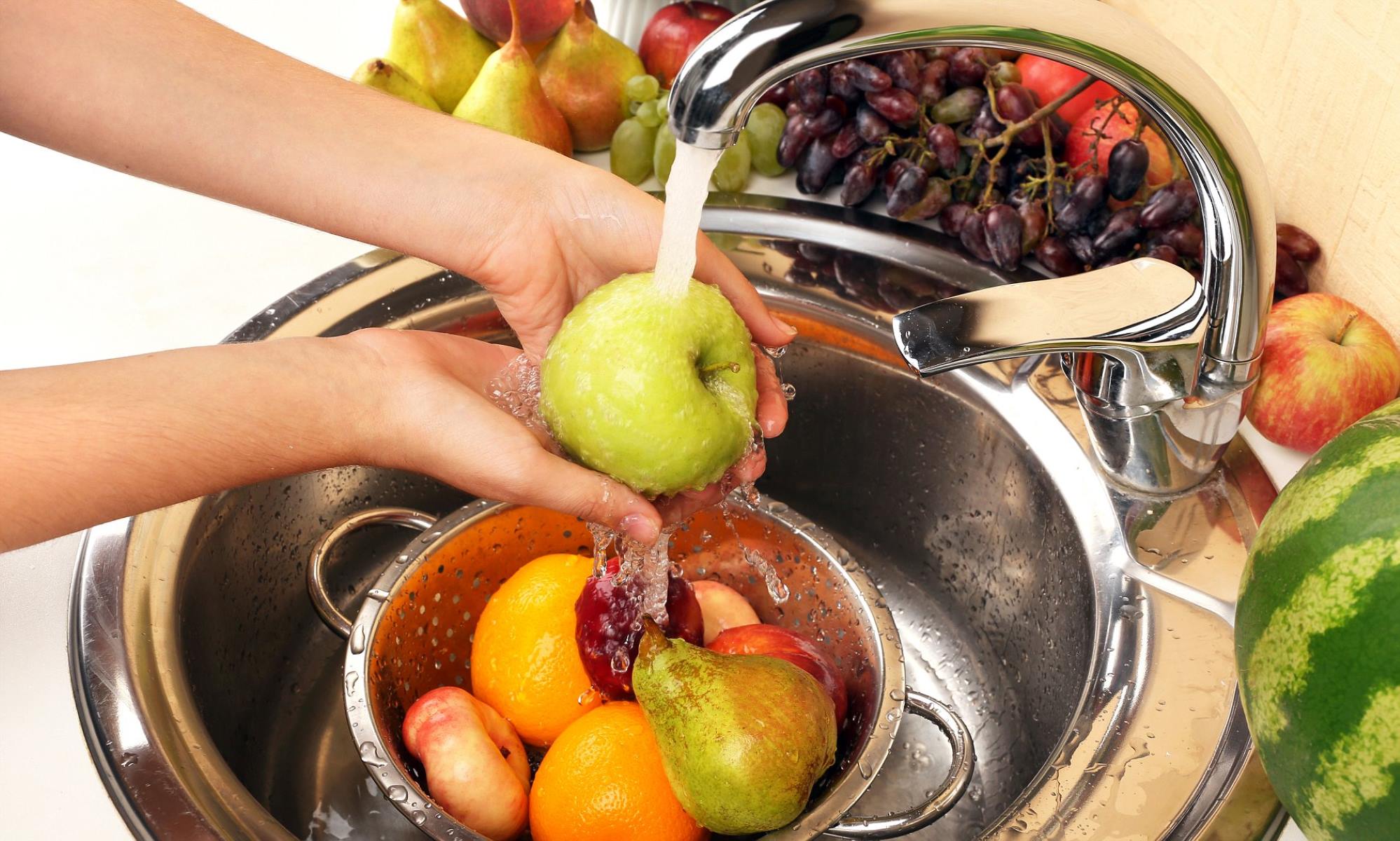

Articles
How To Store Washed Fruit
Modified: January 8, 2024
Learn the best ways to store freshly washed fruit in this informative article. Keep your fruit fresh and delicious for longer with these handy tips.
(Many of the links in this article redirect to a specific reviewed product. Your purchase of these products through affiliate links helps to generate commission for Storables.com, at no extra cost. Learn more)
Introduction
Storing washed fruit properly is essential to maintain its freshness, flavor, and nutritional value. Whether you’ve picked your own fruit from a local farm or bought it from a grocery store, knowing how to store it correctly can help it last longer and prevent spoilage. In this article, we’ll guide you through the steps to store washed fruit effectively, whether you’re keeping it in the refrigerator, at room temperature, or freezing it for later use.
By following these simple guidelines, you can ensure that your washed fruit stays delicious and ready to enjoy whenever you’re in the mood for a healthy snack or a refreshing addition to your favorite recipes.
Key Takeaways:
- Properly storing washed fruit is crucial for maintaining freshness and flavor. Choose the right containers, prep the fruit carefully, and seal containers tightly to extend the shelf life of your favorite fruits.
- Whether refrigerating, storing at room temperature, or freezing, follow specific guidelines for each method. Properly labeling and organizing your stored washed fruit will ensure easy retrieval and prevent waste.
Read more: How To Store Fruit
Step 1: Choose Proper Storage Containers
Choosing the right storage containers for your washed fruit is crucial to maintain its freshness and prevent any damage. Here are some considerations when selecting the appropriate containers:
- Material: Opt for containers made of non-reactive materials such as glass, ceramic, or food-grade plastic. Avoid using containers made of metal or reactive plastics, as they can affect the taste and quality of the fruit.
- Size: Select containers that are spacious enough to accommodate the amount of fruit you have. Overcrowding can cause fruit to bruise or become damaged.
- Airtightness: Look for containers with tight-fitting lids or seals to keep the fruit fresh and prevent air from entering the container.
Additionally, consider the specific fruit you’re storing. Some fruits, like berries, may require containers with shallow depths to prevent crushing, while others, like apples or oranges, may need larger containers to allow for proper air circulation.
Before using any containers, make sure they are clean and sanitized. Wash them with warm soapy water, rinse thoroughly, and allow them to dry completely before storing your washed fruit.
By choosing the right storage containers, you can ensure that your washed fruit remains fresh and flavorful for longer periods and reduce the risk of spoilage or damage.
Step 2: Prepping the Fruit
Properly prepping the fruit before storage is essential to ensure its longevity and maintain its quality. Here are some steps to follow when preparing your washed fruit:
- Inspect the fruit: Take a close look at each piece of fruit to check for any signs of damage, mold, or spoilage. Remove any fruits that are bruised, overripe, or showing signs of decay.
- Wash the fruit: Rinse the fruit under cool running water to remove any dirt, residue, or pesticides. Gently rub the surface of the fruit with your hands to ensure thorough cleaning. Avoid using soap or detergents as they can leave behind a residue.
- Pat dry: After washing, pat the fruit dry with a clean kitchen towel or paper towel. Excess moisture can promote mold or premature spoilage, so it’s important to remove any water droplets.
- Remove stems and leaves: For fruits like strawberries or grapes that have stems or leaves, remove them gently to prevent them from poking or damaging other fruits during storage.
- Cut and slice (if necessary): If you plan to use some of the fruit in recipes or for snacking purposes, you can slice or cut them as desired. However, it’s best to store whole fruits whenever possible to maintain their freshness.
Remember to handle the fruit gently to avoid any unnecessary bruising or damage. By prepping your washed fruit properly, you can ensure that it stays in optimal condition throughout the storage period.
Step 3: Storing in the Refrigerator
Refrigeration is an effective method for storing washed fruit, as it helps to maintain its freshness and slow down the ripening process. When storing fruit in the refrigerator, follow these guidelines:
- Separate fruits: Store different fruits separately as some fruits produce ethylene gas, which can speed up the ripening process and cause other fruits to spoil faster. Use individual containers or place them in separate compartments in the refrigerator.
- Use crisper drawers: The crisper drawers in your refrigerator are designed to maintain optimal humidity levels for fruits and vegetables. Place your washed fruit in these drawers to help preserve their texture and flavor.
- Keep temperature consistent: Ensure that the temperature in your refrigerator is set to around 40 degrees Fahrenheit (4 degrees Celsius). Avoid placing the fruit near the back of the refrigerator where it may get too cold or close to the door where it may be exposed to warmer air.
- Store berries carefully: Berries are delicate and can easily become crushed. Place them in shallow containers lined with paper towels to absorb any excess moisture and prevent them from getting squished.
- Don’t wash until ready to consume: If you’re planning to consume the fruit within a few days, it’s best to wait and wash the fruit just before eating. Washing fruit before storing can promote moisture buildup and accelerate spoilage.
Remember to periodically check the fruit in the refrigerator for any signs of spoilage or mold. Remove any fruits that have gone bad to prevent them from affecting the other fruits.
By following these guidelines, you can ensure that your washed fruit stays fresh and flavorful in the refrigerator for an extended period.
Step 4: Storing at Room Temperature
While refrigeration is a common method for storing washed fruit, certain fruits can be stored at room temperature to preserve their flavor and texture. Here are some guidelines for storing fruit at room temperature:
- Choose the right fruits: Not all fruits are suitable for room temperature storage. Some fruits, like apples, bananas, citrus fruits, and stone fruits (such as peaches and plums), can be stored at room temperature. However, fruits like berries, grapes, and melons are best kept in the refrigerator.
- Avoid direct sunlight: Place the fruit in a cool, well-ventilated area away from direct sunlight. Exposure to sunlight can cause the fruit to ripen too quickly and spoil.
- Allow for air circulation: Avoid crowding the fruits together. Leave some space between them to allow air to circulate, which helps to prevent moisture buildup and mold growth.
- Check for ripeness: Keep an eye on the fruits and check for signs of ripeness. Fruit that is too ripe may spoil quickly, so it’s important to consume or refrigerate them in time.
- Consume within a few days: Unlike refrigeration, room temperature storage can only extend the shelf life of fruit for a few days. Therefore, it’s best to consume the fruit within a few days to ensure freshness.
Remember to periodically inspect the fruit for any signs of spoilage, soft spots, or mold. Discard any fruits that have gone bad to prevent them from affecting the others.
By following these guidelines, you can enjoy the full flavor and freshness of fruit stored at room temperature.
Store washed fruit in a clean, airtight container lined with paper towels to absorb excess moisture. Keep in the refrigerator to maintain freshness.
Read more: How To Store Fruit To Avoid Fruit Flies
Step 5: Freezing the Fruit
Freezing is a fantastic option for extending the shelf life of washed fruit, allowing you to enjoy it even when it’s out of season. Follow these steps to freeze your fruit properly:
- Select ripe fruit: Choose ripe, high-quality fruit for freezing. Freezing won’t improve the quality of the fruit, so it’s important to start with fresh and flavorful fruit.
- Prepare the fruit: Wash the fruit thoroughly and remove any stems, leaves, or pits. If necessary, peel or slice the fruit into bite-sized pieces for easier handling and storage.
- Blanching (optional): Some fruits, like peaches or berries, benefit from blanching before freezing. Blanching involves briefly boiling the fruit and then submerging it in ice water to stop the cooking process. This helps to preserve the fruit’s texture and color.
- Packaging: Place the fruit into freezer-safe containers or bags. Remove as much air as possible from the containers to minimize ice crystals. If using bags, squeeze out excess air before sealing them tightly.
- Label and date: Don’t forget to label the containers or bags with the name of the fruit and the date of freezing. This will help you keep track of the freshness and ensure you use the oldest fruit first.
- Freeze: Place the fruit in the freezer and make sure it’s stored at a consistent temperature below 0 degrees Fahrenheit (-18 degrees Celsius) to maintain its quality.
Frozen fruit can be stored for several months, but it’s best to consume it within 8-12 months for optimal flavor and texture.
When you’re ready to use the frozen fruit, simply thaw it in the refrigerator or use it directly in recipes such as smoothies, pies, or fruit salads.
By following these steps, you can enjoy the taste of your favorite fruits even when they’re out of season.
Step 6: Properly Sealing Containers
Properly sealing containers is crucial when storing washed fruit to ensure its freshness and prevent air or moisture from entering. Here are some tips for sealing your storage containers effectively:
- Choose airtight containers: Select containers that have airtight lids or seals to prevent air from entering and moisture from escaping. This will help to maintain the freshness and quality of the fruit.
- Use appropriate containers: Ensure that the containers you choose are the right size for storing your washed fruit. Avoid using containers that are too large, as space can promote the growth of bacteria and mold. Likewise, don’t overcrowd the fruit in the containers, as it can lead to bruising or damage.
- Remove excess air: When storing fruit in bags, squeeze out as much air as possible before sealing them tightly. This will help prevent freezer burn and maintain the optimal texture of the fruit.
- Secure lids properly: Ensure that the lids or seals on your containers are securely fastened to prevent leakage or the entry of external contaminants.
- Double-check container integrity: Before storing the fruit, inspect the containers for any cracks, damage, or signs of wear. Damaged containers may not effectively seal the fruit, leading to spoilage.
Properly sealing your containers will help to preserve the flavor, texture, and nutritional value of your washed fruit. It also minimizes the risk of cross-contamination and extends the shelf life of the fruit.
Remember to regularly check the containers for any signs of damage or deterioration. If a container is compromised, transfer the fruit to a new container to maintain its freshness.
By following these tips, you can ensure that your fruit remains in optimal condition during storage.
Step 7: Labeling and Organizing
Labeling and organizing your stored washed fruit is essential for easy retrieval and to avoid wasting any precious fruit. Here are some guidelines for effective labeling and organization:
- Label containers: Clearly label each container or bag with the name of the fruit and the date it was stored. This will help you identify the contents and keep track of freshness, ensuring that you use the oldest fruit first.
- Use freezer-safe labels: When labeling containers that will be stored in the freezer, make sure to use freezer-safe labels that won’t peel or smudge in cold temperatures.
- Categorize by fruit type: Group similar fruits together to make it easier to locate specific fruits when needed. For example, separate berries from stone fruits or citrus fruits from apples.
- Organize by date: Arrange your containers or bags in chronological order, placing the oldest fruits at the front. This will help you prioritize consumption and prevent any fruit from being forgotten and becoming waste.
- Rotate stock: Make a habit of regularly checking your stored fruit and rotating the stock. Use the older fruit first before reaching for the newer additions to prevent any fruit from going bad.
- Consider freezer shelves or bins: If using a freezer, dedicate specific shelves or bins for your frozen fruit. This will help keep your freezer organized and prevent your fruit from getting buried and forgotten.
By labeling and organizing your stored washed fruit, you can easily access and enjoy the fruits when needed and reduce the chances of any fruit being wasted or overlooked.
Remember to periodically check your stored fruit, especially in the freezer, and discard any fruit that shows signs of spoilage or deterioration.
With proper labeling and organization, you can maximize the use of your stored washed fruit and ensure that it remains fresh and ready to enjoy.
Conclusion
Properly storing washed fruit is essential to maintain its freshness, flavor, and nutritional value. Whether you choose to store it in the refrigerator, at room temperature, or freeze it for later use, following the steps outlined in this article will help ensure that your fruit stays delicious and ready to enjoy.
Choosing the right storage containers, prepping the fruit properly, and sealing the containers are vital steps to keep the fruit fresh and prevent spoilage. Whether you’re storing the fruit in the refrigerator or at room temperature, maintaining the right temperature and providing proper air circulation is key.
If you decide to freeze the fruit, blanching certain fruits before freezing can help preserve their texture and flavor. Properly labeling and organizing your stored fruit will enable easy retrieval and prevent any fruit from being wasted.
Remember to periodically check your stored fruit for any signs of spoilage and discard any fruits that have gone bad. By following these guidelines, you can make the most out of your washed fruit and enjoy their natural goodness for an extended period.
So the next time you find yourself with an abundance of washed fruit, utilize these storage techniques to ensure that none of it goes to waste. With proper storage, you can enjoy the flavors of your favorite fruits all year round.
Frequently Asked Questions about How To Store Washed Fruit
Was this page helpful?
At Storables.com, we guarantee accurate and reliable information. Our content, validated by Expert Board Contributors, is crafted following stringent Editorial Policies. We're committed to providing you with well-researched, expert-backed insights for all your informational needs.

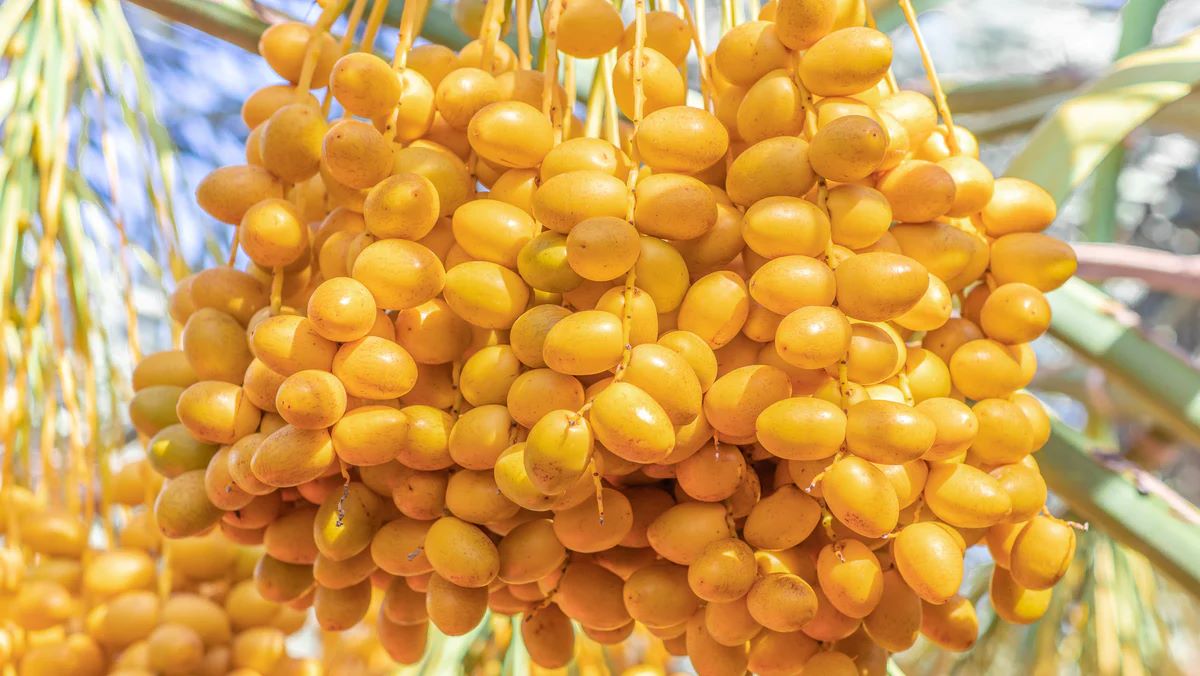
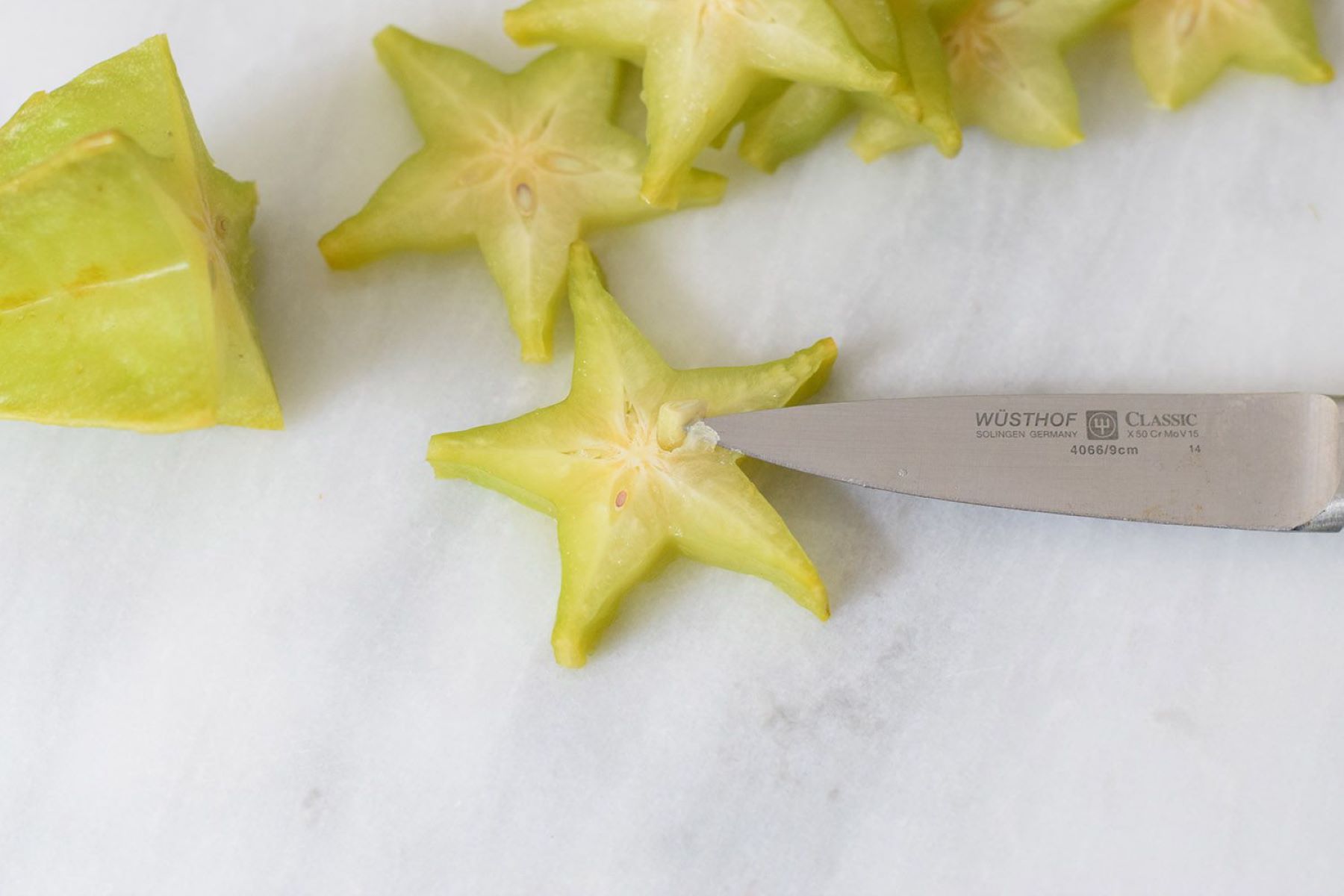
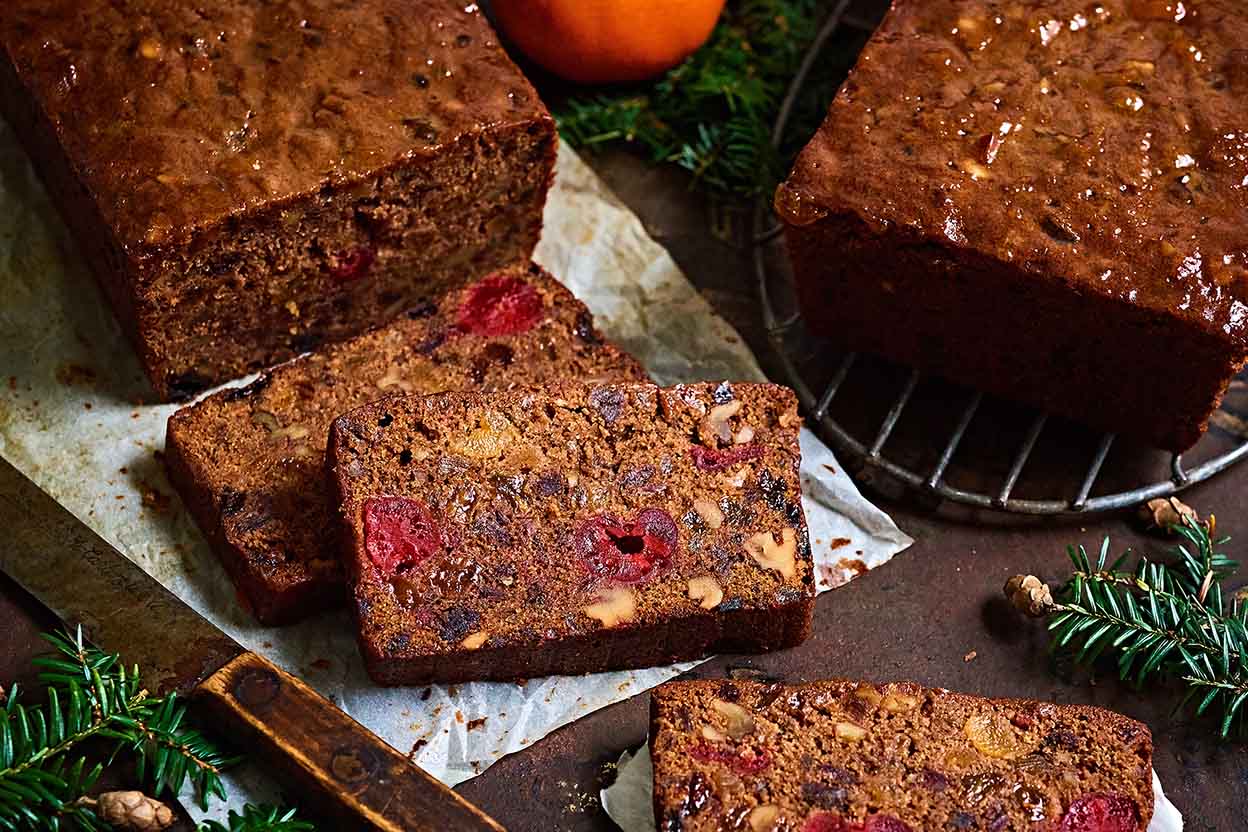
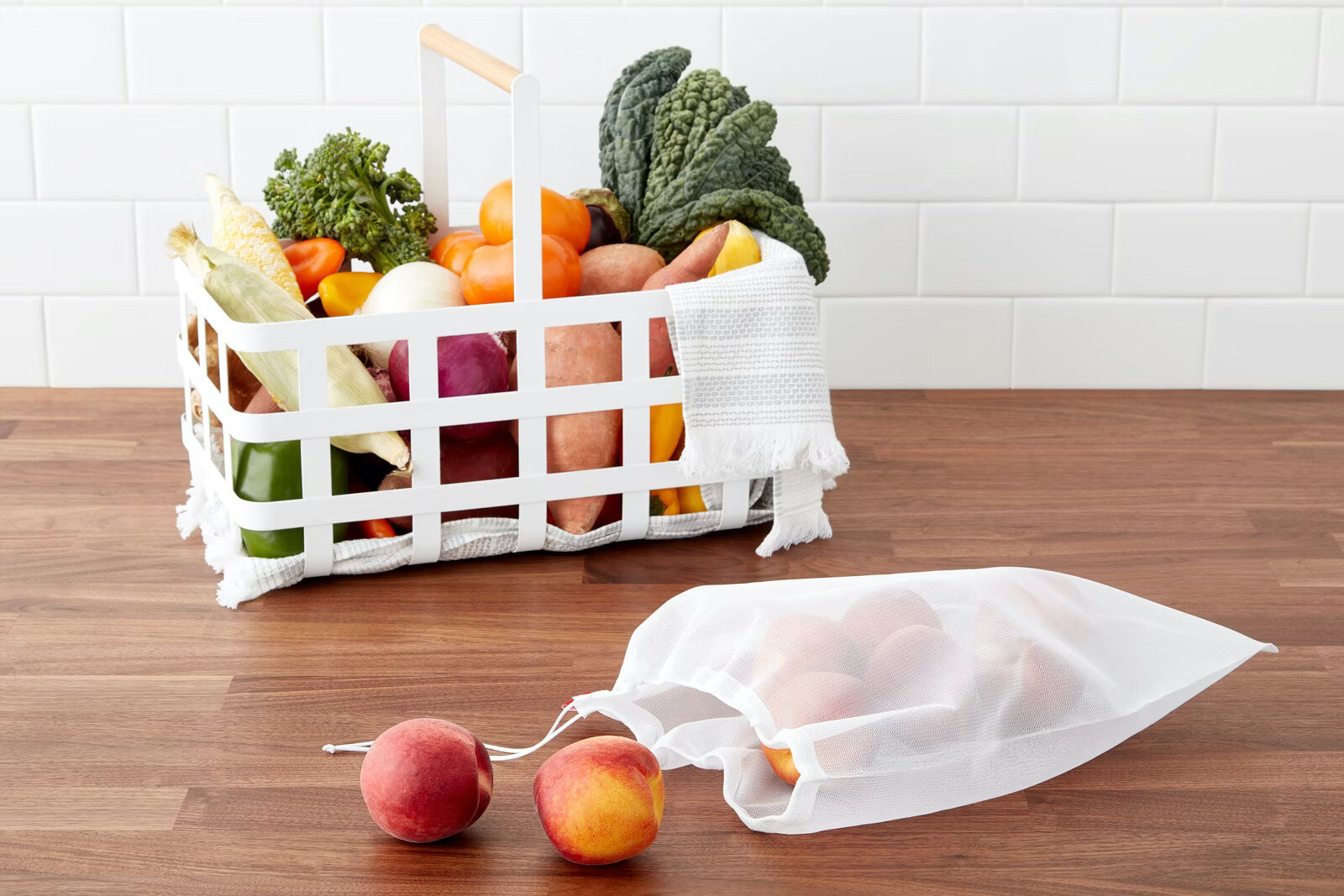
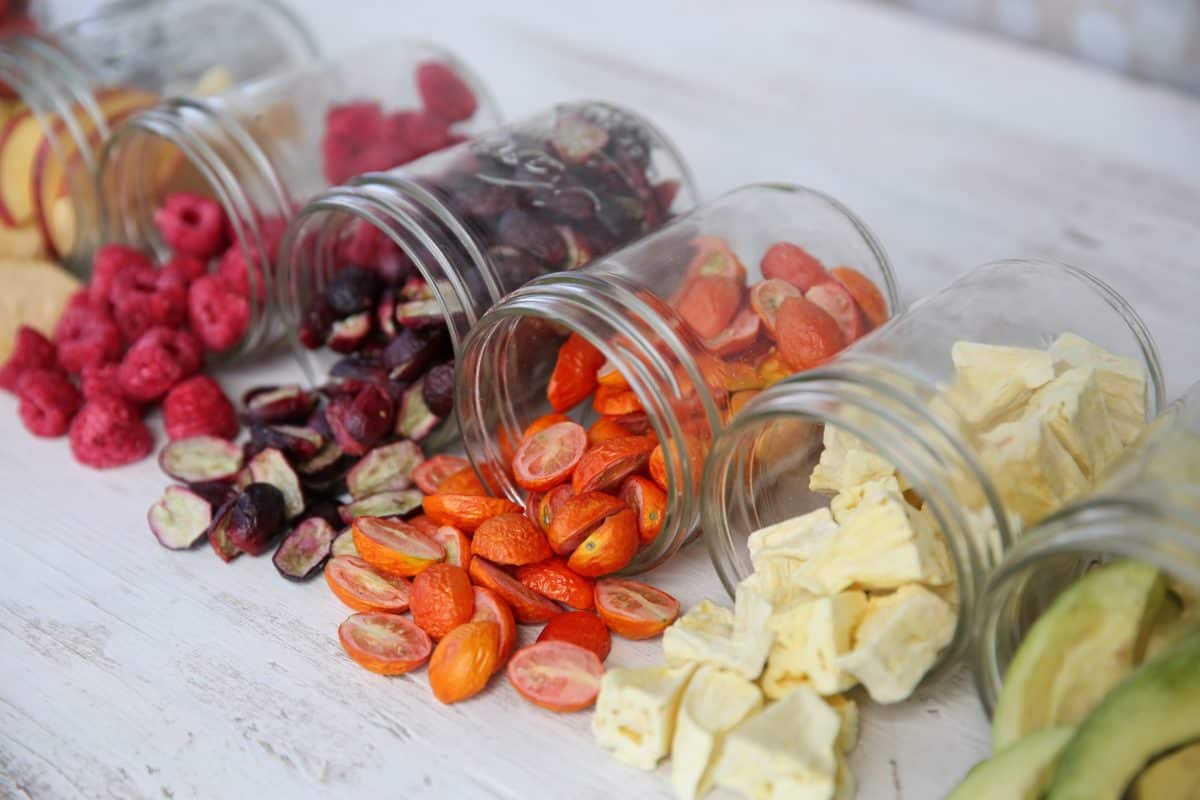
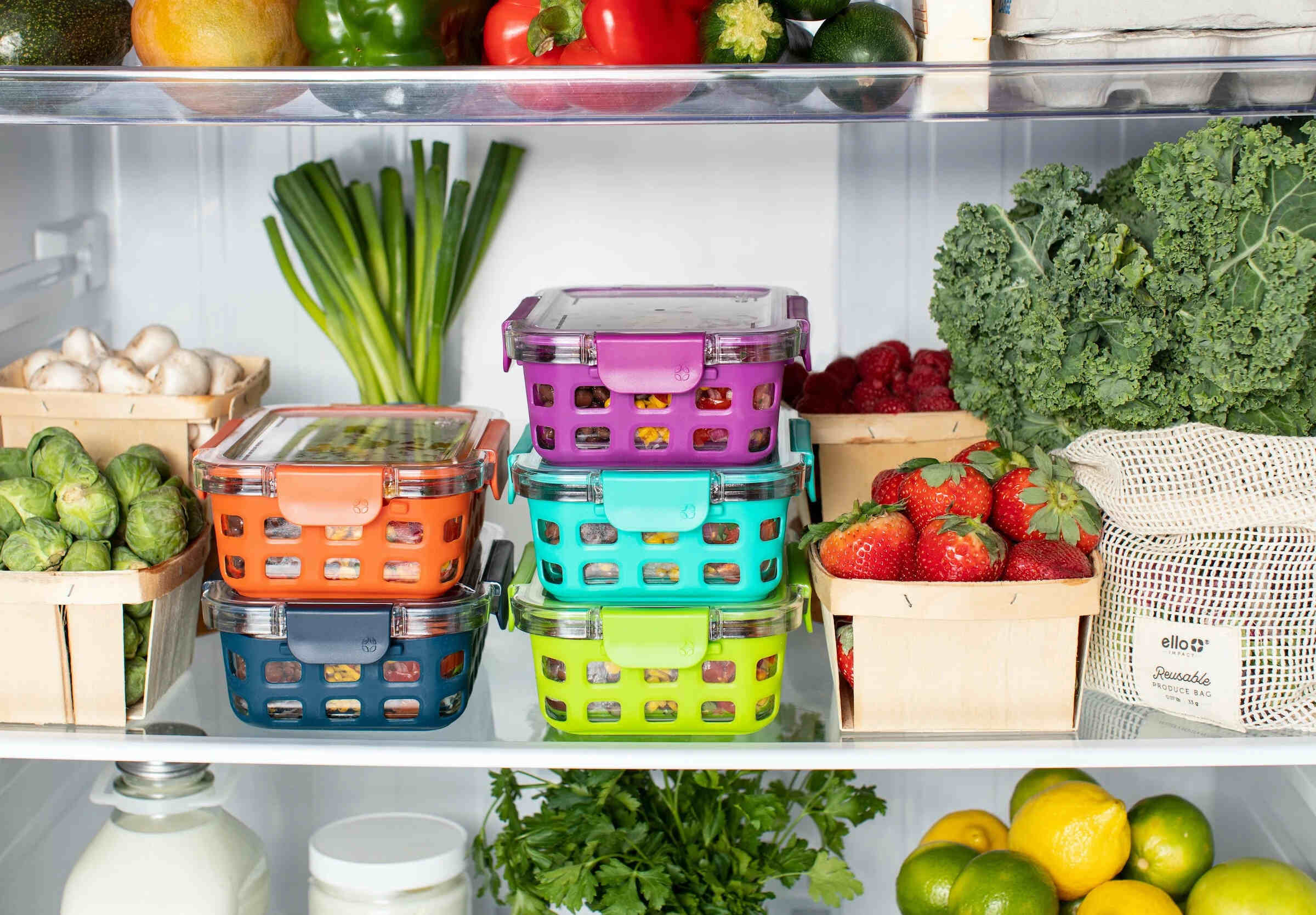
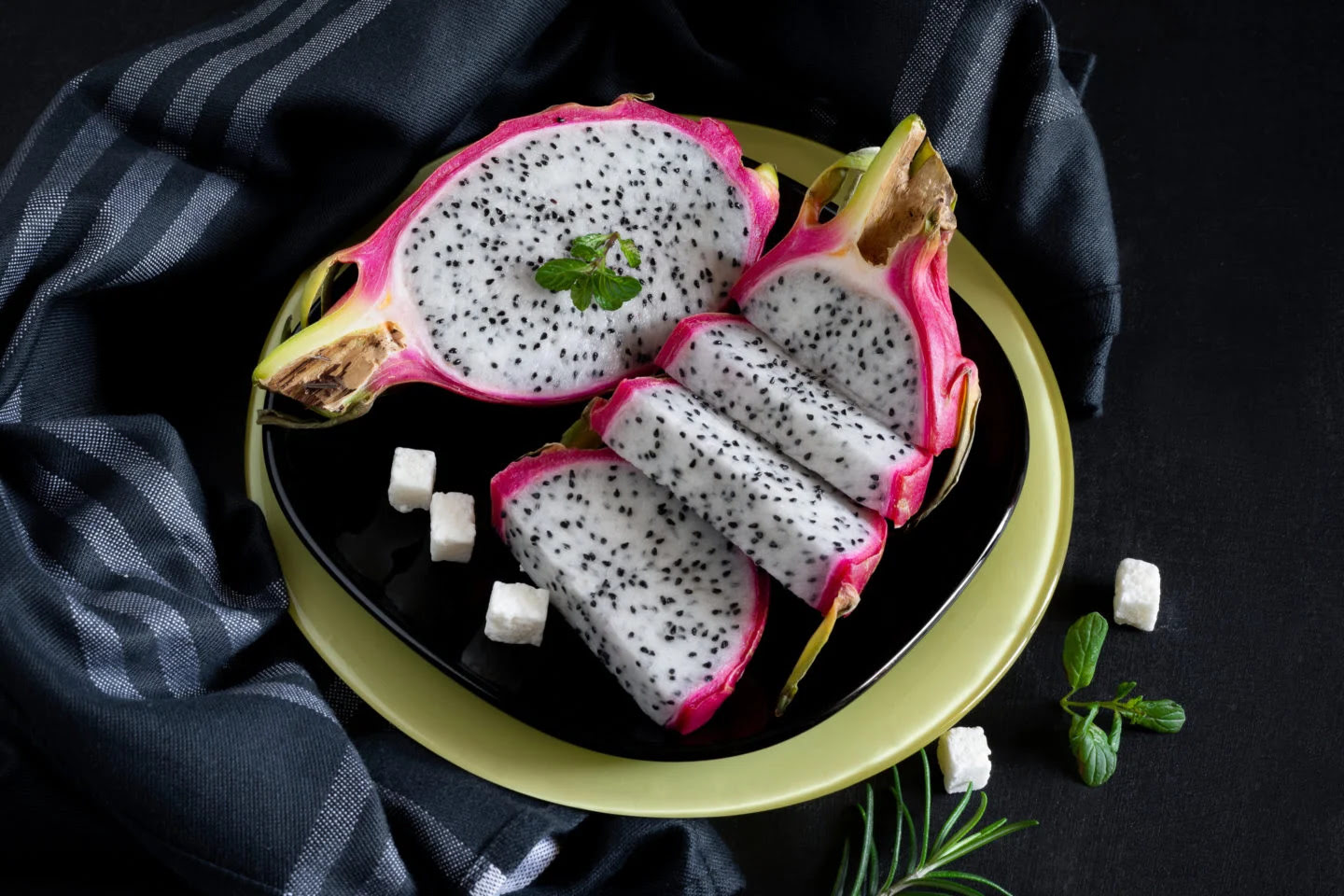
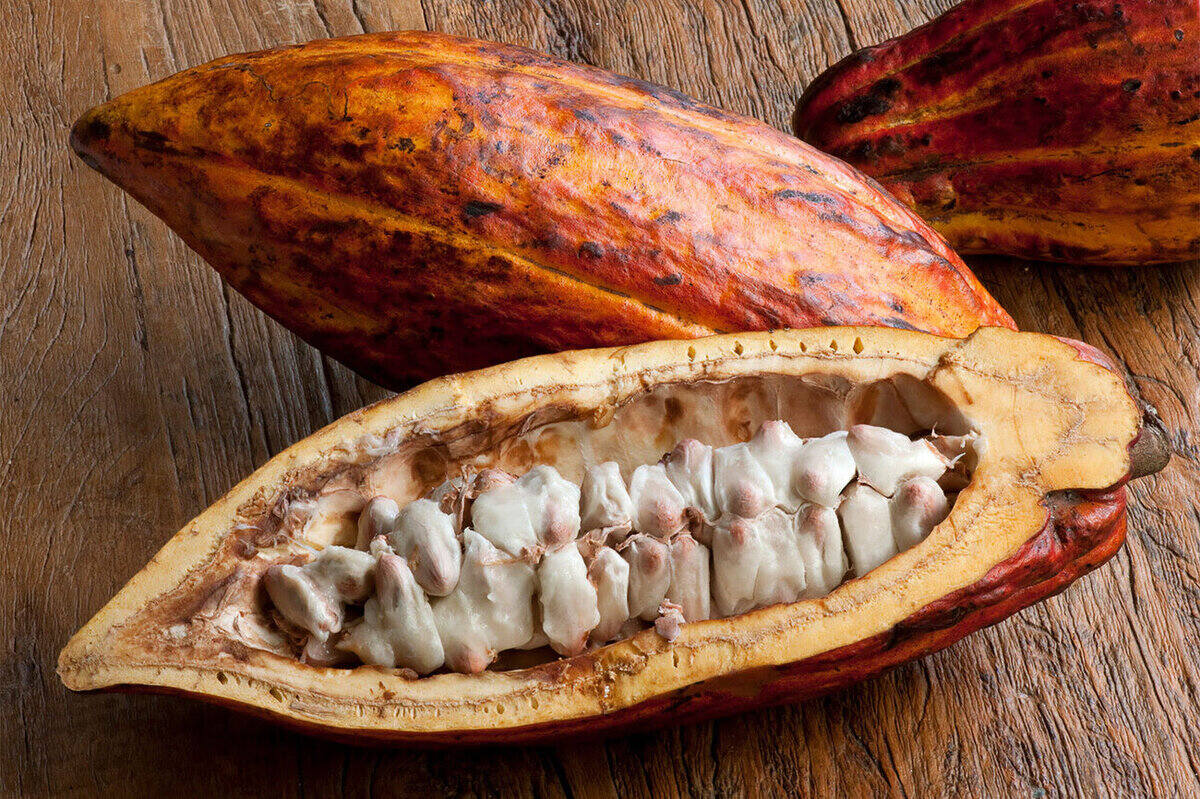
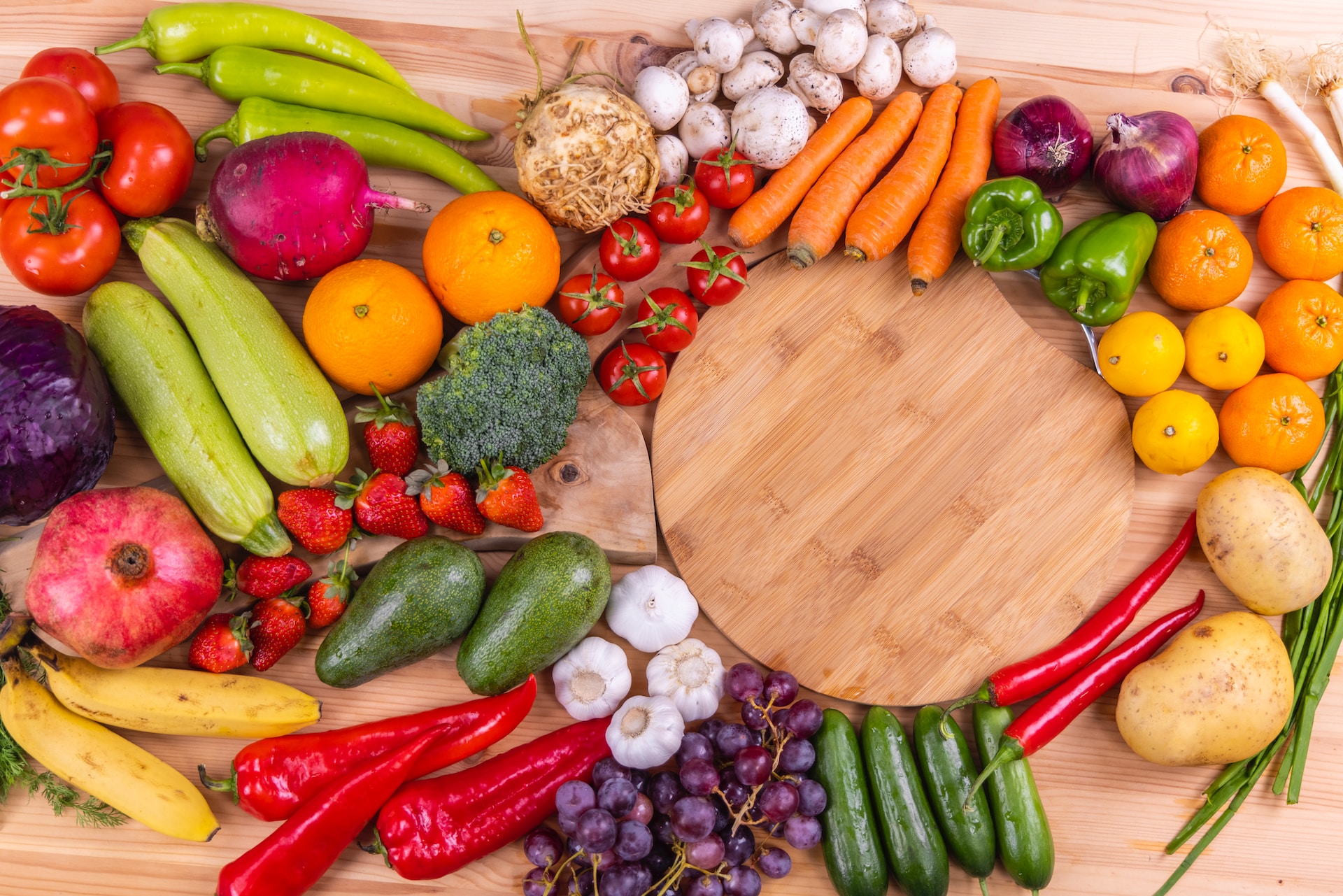
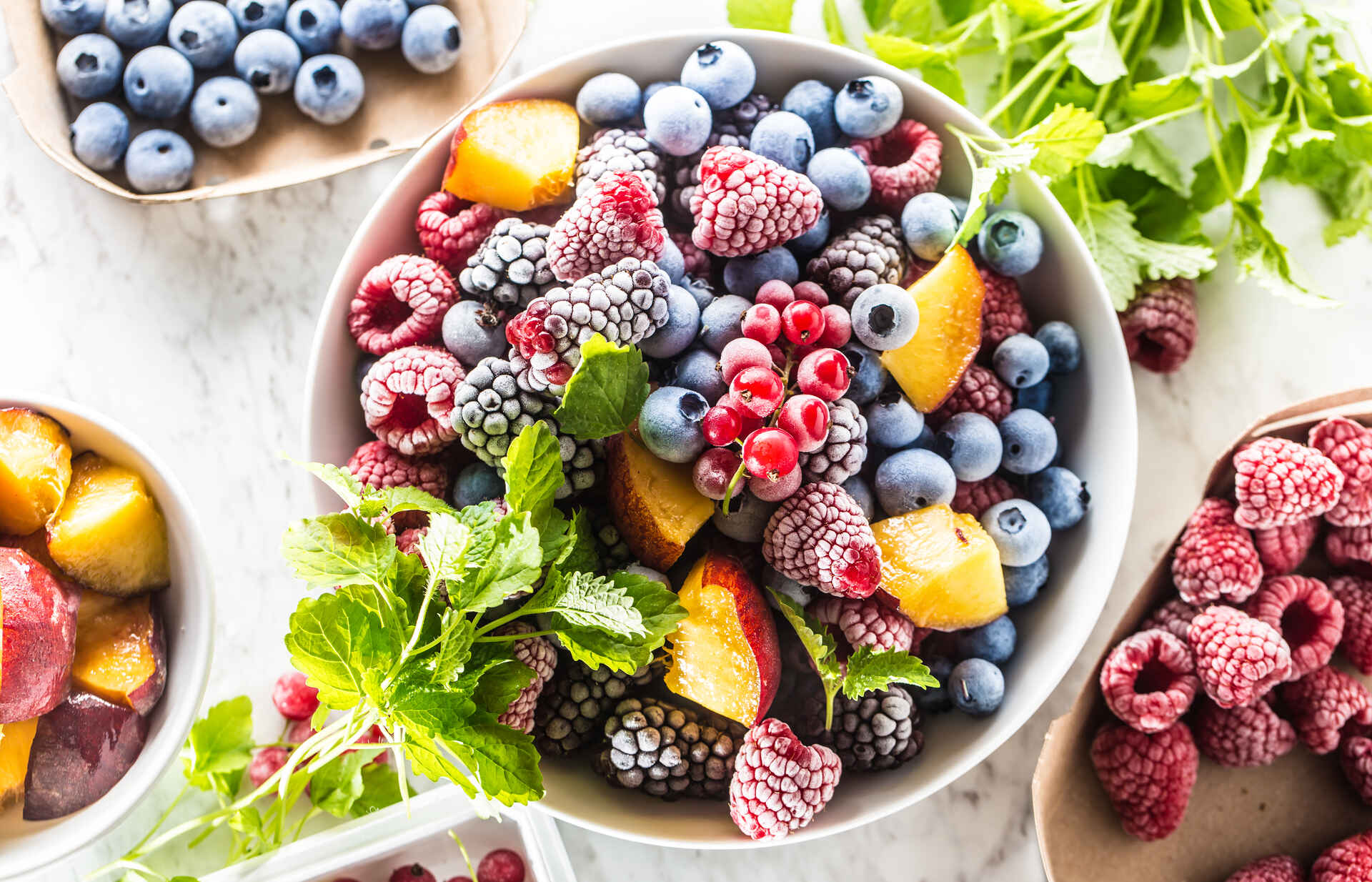
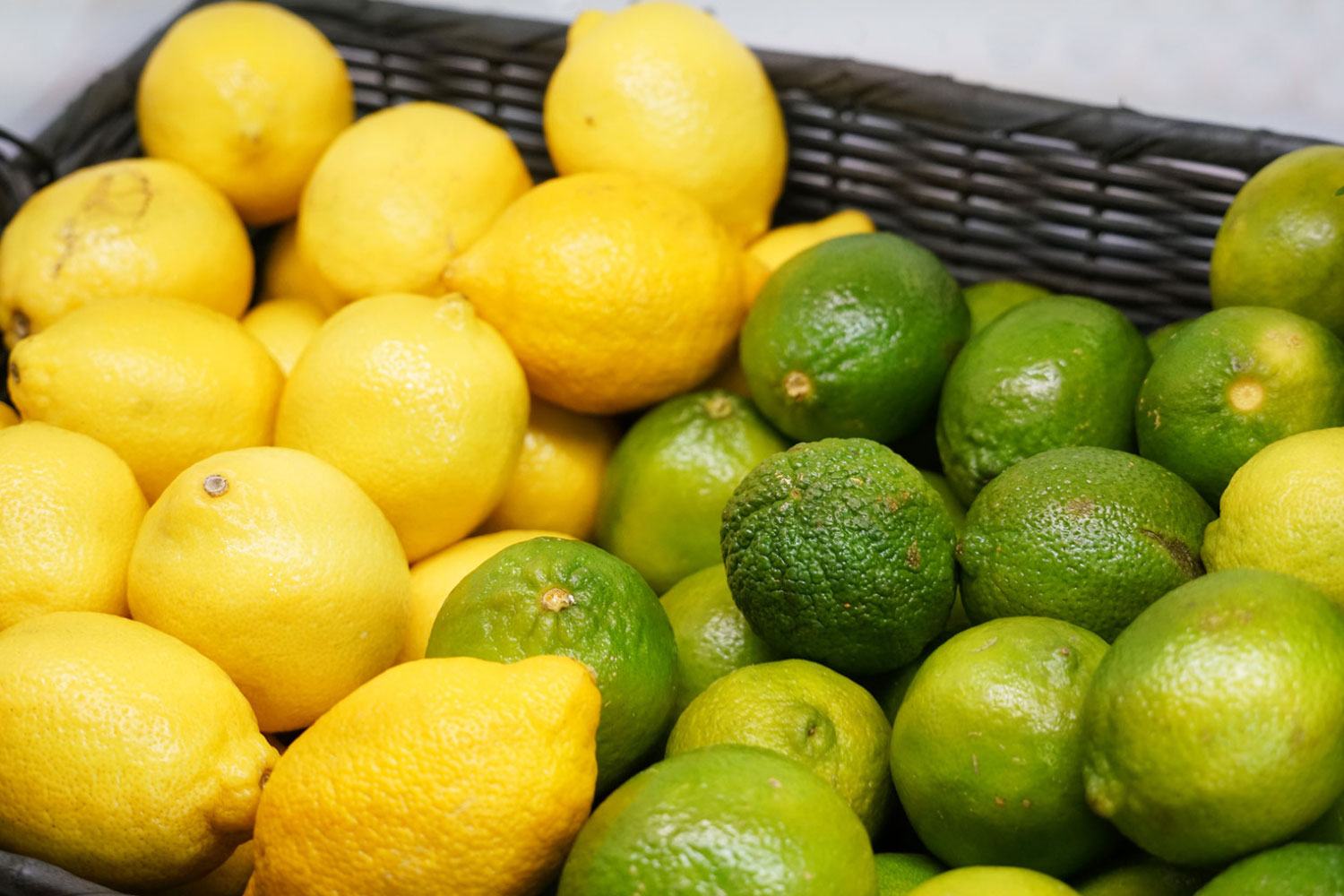

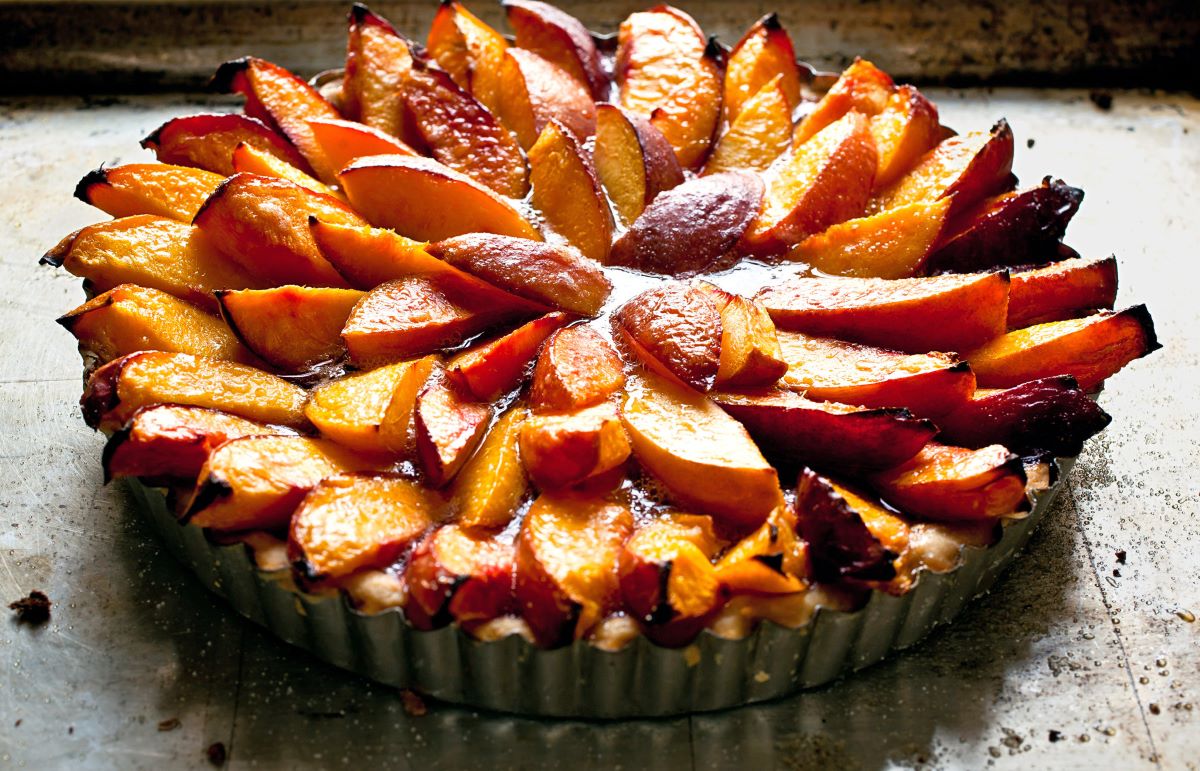

0 thoughts on “How To Store Washed Fruit”